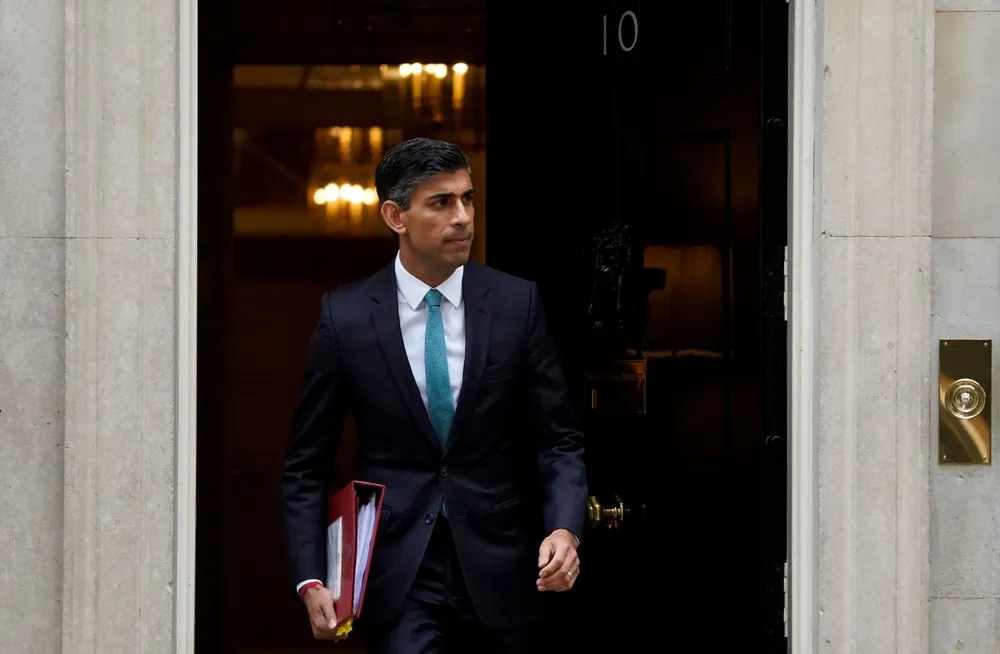OPINION: Westminster chaos cools UK carbon capture ambitions
UK government crisis leaves carbon capture developers in the dark over fate of state support for projects in the works

UK government crisis leaves carbon capture developers in the dark over fate of state support for projects in the works
